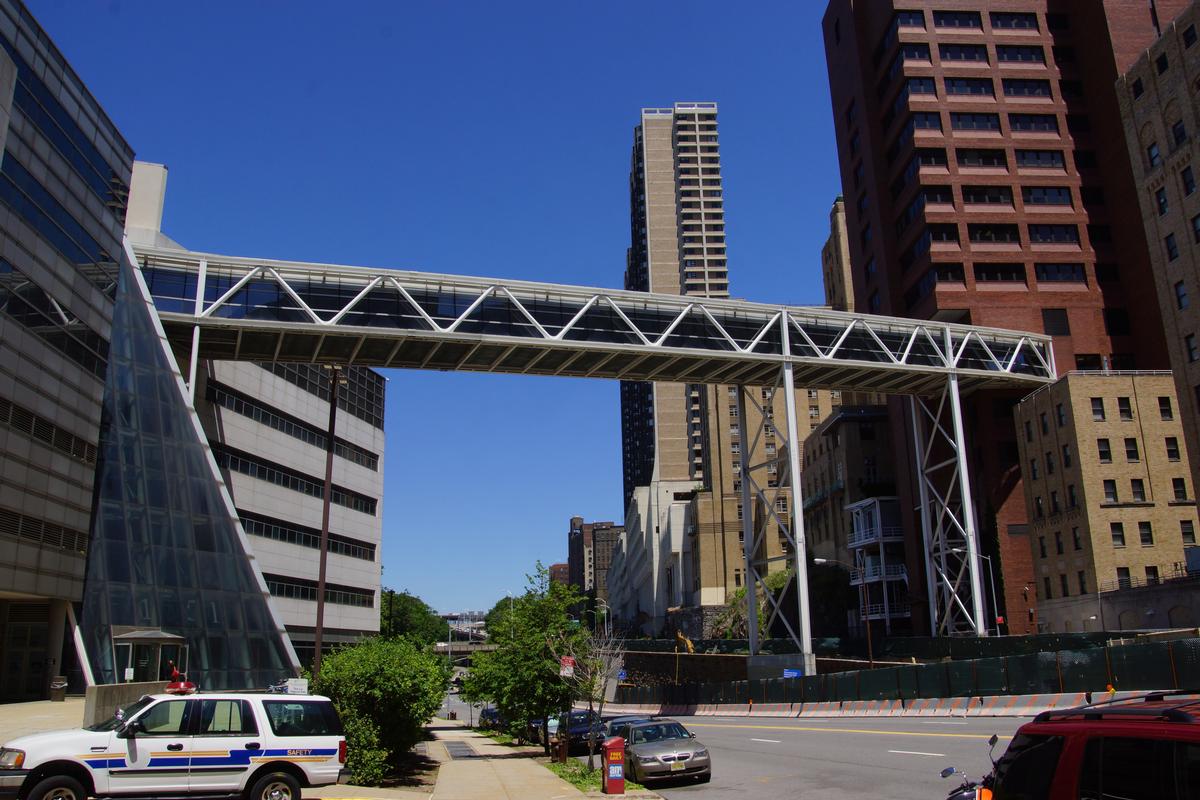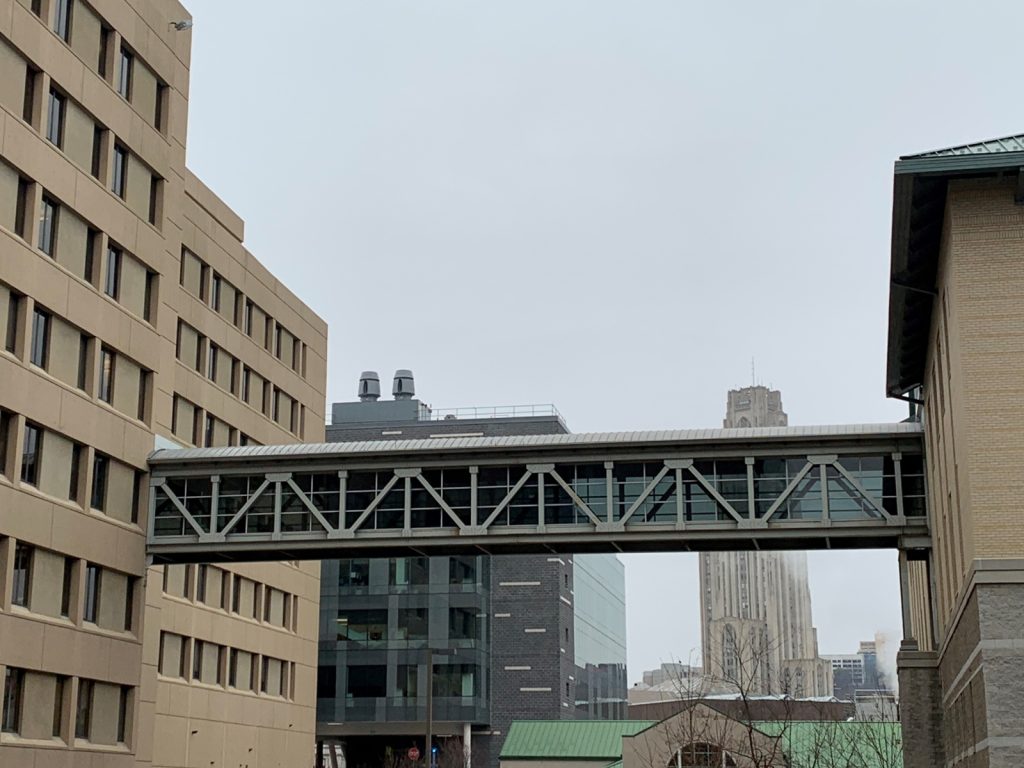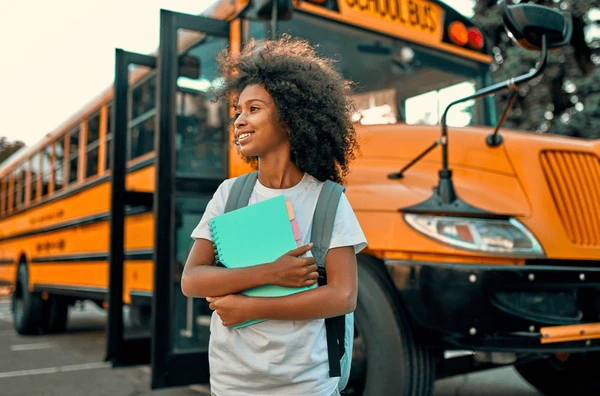Hey there! Today, I want to chat about something that’s been on my mind a lot lately: building bridges between schools and their surrounding residential areas. You might think, “What’s the big deal?” But let me tell you, the collaboration between schools and communities is super important for creating environments where students can thrive. I’ve seen firsthand how these partnerships can make a huge difference, and I’d love to share some personal experiences and insights.
My First Encounter with Community Collaboration

I remember the first time I got involved in a community project aimed at building bridges between a local school and its neighborhood. It was a chilly Saturday morning, and I volunteered for a clean-up event at the school. The idea was simple: get the community together to spruce up the school grounds and create a welcoming environment for students.
At first, I was a bit skeptical. I thought, “Why would anyone want to spend their weekend cleaning up?” But as I arrived, I was surprised to see families, teachers, and even local business owners rolling up their sleeves. We painted benches, planted flowers, and picked up trash. It was a blast! More than just cleaning, it was about building relationships. Parents chatted with teachers, and students got to know their neighbors. That day, I learned that when schools and communities unite, magic happens. It was a perfect example of building bridges that foster connection and support.
The Benefits of Collaboration
So, why is this collaboration so crucial? Well, let’s break it down.
- Creating a Supportive Environment: When schools and inca residence areas work together, they create a supportive environment for students. I’ve seen schools host events like family nights or community forums, where everyone can share ideas and concerns. This open communication helps address issues that might affect students, like safety or access to resources. For instance, one school I worked with organized a safety workshop that brought in local police officers to discuss neighborhood safety. It not only educated parents but also built trust between families and law enforcement. This is a prime example of building bridges that facilitate understanding.
- Enhancing Educational Opportunities: Collaboration can lead to more educational opportunities for students. I remember a local library partnering with a nearby school to create an after-school tutoring program. The library provided space and resources, while teachers volunteered their time. This partnership not only helped struggling students improve their grades but also fostered a love for reading. It was incredible to see kids excited about learning outside of the classroom! This is what building bridges is all about—connecting resources to enrich education.
- Building Community Pride: When schools and neighborhoods collaborate, it fosters a sense of pride in the community. I saw this firsthand during a local arts festival where students showcased their artwork. The school collaborated with local artists to create murals that reflected the community’s culture. Parents and residents came out in droves to support their kids. The pride on the students’ faces was priceless, and it strengthened the bond between the school and the community. This is another fantastic example of how building bridges can enhance community identity.
Challenges in Collaboration
Of course, it’s not always sunshine and rainbows. There are challenges to building bridges. I’ve faced my fair share of frustrations when trying to get schools and communities to work together. Sometimes, it feels like there’s a disconnect. For instance, I once tried to organize a community meeting to discuss how we could better support students during the summer months. Unfortunately, attendance was low, and I realized that many parents didn’t even know about the meeting.
This experience taught me that communication is key. Schools need to reach out to families in ways that resonate with them. Whether it’s through social media, newsletters, or even good old-fashioned flyers, getting the word out is crucial. I started advocating for schools to utilize multiple channels to ensure that everyone feels included. This is essential for truly building bridges that connect the school with the community.
Practical Tips for Building Bridges
If you’re looking to foster collaboration between schools knowledge and residential areas, here are some practical tips based on my experiences:
- Host Community Events: Organize events that invite families into the school. Whether it’s a back-to-school night, a potluck, or a community fair, these gatherings can break down barriers and build relationships. This is a great way to start building bridges.
- Create Volunteer Opportunities: Encourage community members to get involved. Schools can create volunteer programs where parents and residents can help out in classrooms, organize events, or even assist with school projects. I’ve seen how a little help can go a long way!
- Establish Communication Channels: Schools should set up clear communication channels with families. Regular newsletters, social media updates, and community boards can keep everyone informed about what’s happening at the school and how they can get involved. Effective communication is vital for building bridges.
- Collaborate on Projects: Identify common goals and work together on projects that benefit both the school and the community. For example, a community garden can provide fresh produce for families while also serving as a hands-on learning experience for students. This is a perfect example of building bridges through shared initiatives.
- Celebrate Successes: When collaborations yield positive results, celebrate them! Whether it’s through social media shout-outs, community recognition events, or simply sharing success stories, acknowledging these wins can motivate everyone to continue working together. Celebrating these moments is key to building bridges that last.
Looking Ahead: The Future of School-Community Partnerships
As I reflect on my experiences, I can’t help but feel optimistic about the future of school-community partnerships. With the rise of technology and social media, there are more opportunities than ever to connect schools with their neighborhoods. Virtual events and online platforms can help bridge gaps, especially for families who may have difficulty attending in-person meetings.
Moreover, as communities become more diverse, it’s essential to ensure that all voices are heard. Inclusive practices can help create partnerships that truly reflect the community’s needs and values. I’ve seen how schools that prioritize inclusivity not only enhance their educational offerings but also enrich the entire neighborhood. This commitment to inclusivity is fundamental to building bridges that support all students.
Final Thoughts
In closing, the collaboration between schools and residential areas is vital for fostering a thriving educational environment. Through my experiences, I’ve witnessed the incredible impact that these partnerships can have on students, families, and the community as a whole. It’s about building bridges, creating opportunities, and nurturing a sense of belonging.
So, if you’re involved in education or live near a school, consider how you can contribute to building those bridges. Whether it’s volunteering your time, attending community meetings, or simply reaching out to a neighbor, every little bit helps. Together, we can create vibrant communities where students feel supported and inspired to learn. Let’s keep building bridges!
Read also about Living Experience encompasses the rich tapestry of challenges, joys, and lessons that shape who we are.


